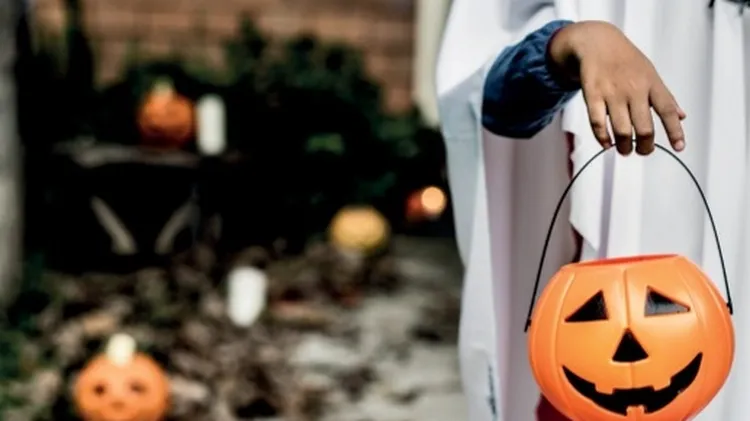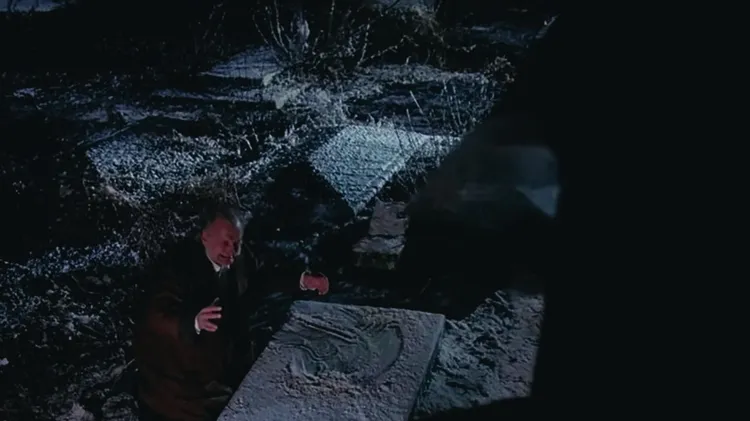Marion Gibson, who
Five things you (probably) didn’t know about… the history of witchcraft
4 min read
This article is from...
Read this article and 8000+ more magazines and newspapers on Readly






